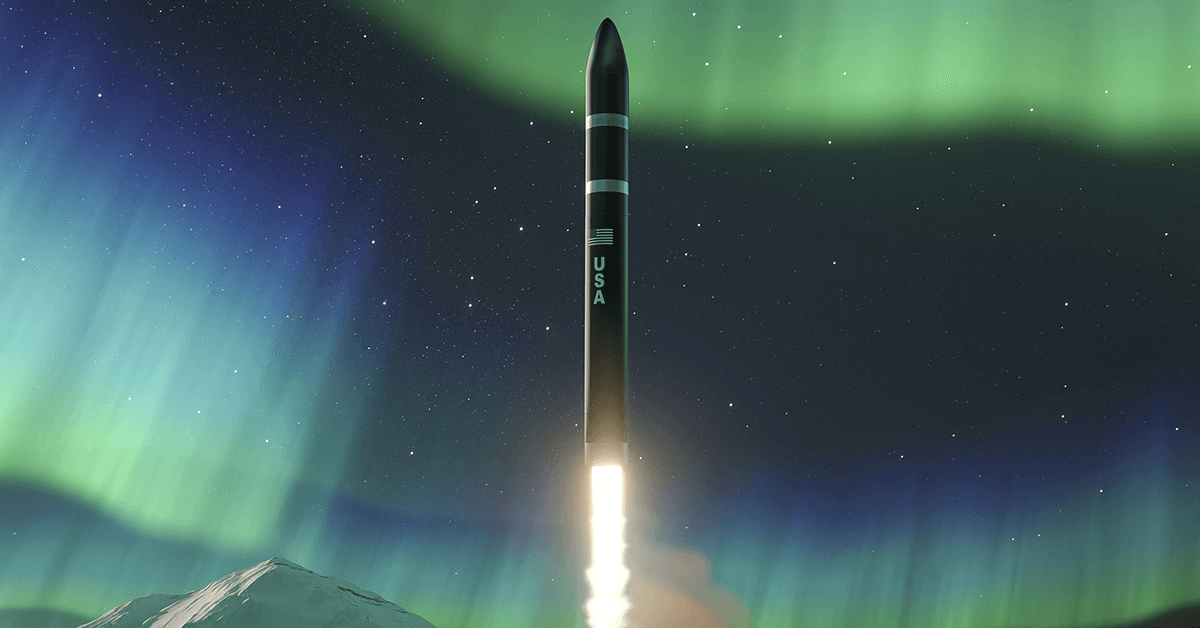
An experimental satellite that Orbital ATK built for the U.S. Air Force took off Saturday aboard United Launch Alliance’s Atlas V rocket from Cape Canaveral Air Force Station in Florida.
Orbital ATK said Sunday the ESPA Augmented Geostationary Laboratory Experiment satellite that launched as part of the Air Force Space Command-11 mission hosted another Orbital ATK-built satellite, Mycroft.
Chris Long, vice president of national security systems at Orbital ATK, said the company is proud to team up with the service branch on the EAGLE and Mycroft missions.
“Our unique capabilities to host separating and non-separating payloads represent a turning point in affordable access to space for small satellites and payloads,†Long added.
The EAGLE satellite is based on Orbital ATK’s ESPAStar platform designed through a contract with the Air Force Research Laboratory’s space vehicles directorate and is built to carry up to six hosted or 12 free-flyer payloads.
Mycroft is a fly-away, separable satellite based on the firm’s ESPASat platform and is one of the Defense Department’s payloads hosted on the EAGLE satellite.
Orbital ATK’s Maryland and California facilities provided heat pipes and tanks for the two satellites.
ULA said Sunday the Atlas V rocket used in the AFSPC-11 mission consists of a 5-meter payload fairing, an RD AMROSS RD-180 engine and five Aerojet Rocketdyne-built 60A solid rocket boosters and RL10C-1 engine for the vehicle’s Centaur upper stage.
The mission, which also included the Continuous Broadcast Augmenting SATCOM payload, marks ULA’s fourth launch this year and the rocket’s 77th launch.
Atlas V is scheduled to lift off May 5 from a launch complex at Vandenberg Air Force Base in California in support of NASA’s InSight mission.





